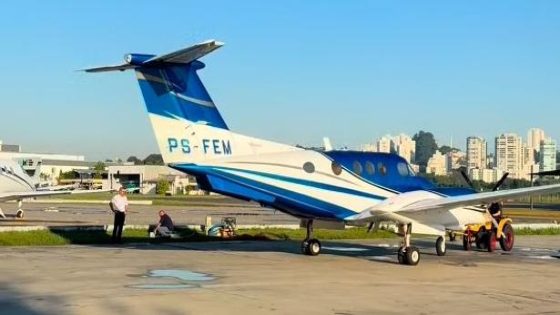A recent incident involving a 44-year-old aircraft raises questions about the safety and longevity of older airplanes. How safe are these aging machines? On February 8, 2025, experts weighed in on the topic, revealing that the age of an aircraft does not necessarily determine its safety.
- Aging aircraft often have replaced components.
- Engines and instruments can be upgraded.
- Maintenance is crucial for safety.
- Parts have specific replacement standards.
- Tires are replaced after a set landings.
- Some parts depend on flight hours.
How Safe Are Older Aircraft Compared to Newer Models?
Many might wonder if a 30-year-old plane can still be safe to fly. The answer lies in maintenance and part replacements. While the fuselage may be original, engines and instruments are often updated, making older planes reliable.
What Factors Determine Aircraft Part Replacement and Safety?
Aircraft components have specific guidelines for replacement based on usage. Factors include flight hours, landing cycles, and even tire wear. This structured approach ensures that even older aircraft can meet safety standards.
Key Factors in Aircraft Maintenance and Safety
Maintaining an aircraft involves regular inspections and timely replacements of parts to ensure safety. Here are some critical factors:
- Engine replacements are common and enhance performance.
- Instruments and controls are often upgraded with new technology.
- Maintenance schedules are based on flight hours and cycles.
- Regular inspections are mandated to ensure airworthiness.
Understanding the Lifespan of Aircraft Components
Aircraft parts have varying lifespans. For example, tires may need replacement after a certain number of landings, while other components are assessed based on flight hours. This structured maintenance helps keep older planes safe.
Conclusion: The Importance of Maintenance for Aircraft Safety
In conclusion, the safety of older aircraft largely depends on proper maintenance and timely part replacements. By adhering to strict maintenance protocols, even planes that are decades old can be just as safe as their newer counterparts. So, the next time you board an older aircraft, remember that safety is in the hands of skilled maintenance teams.
































